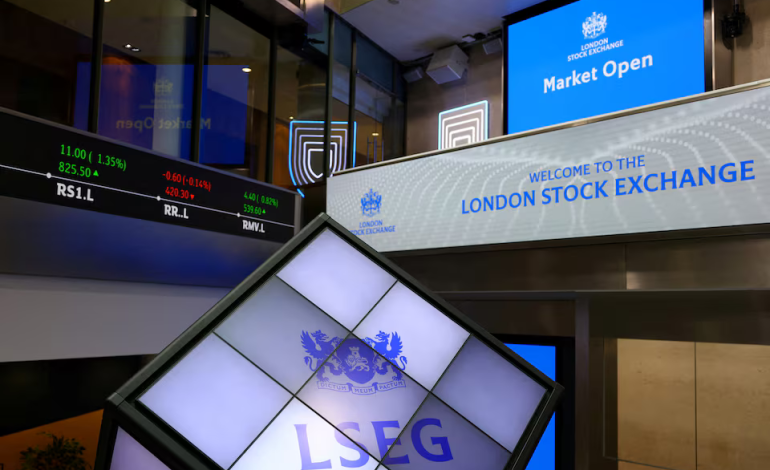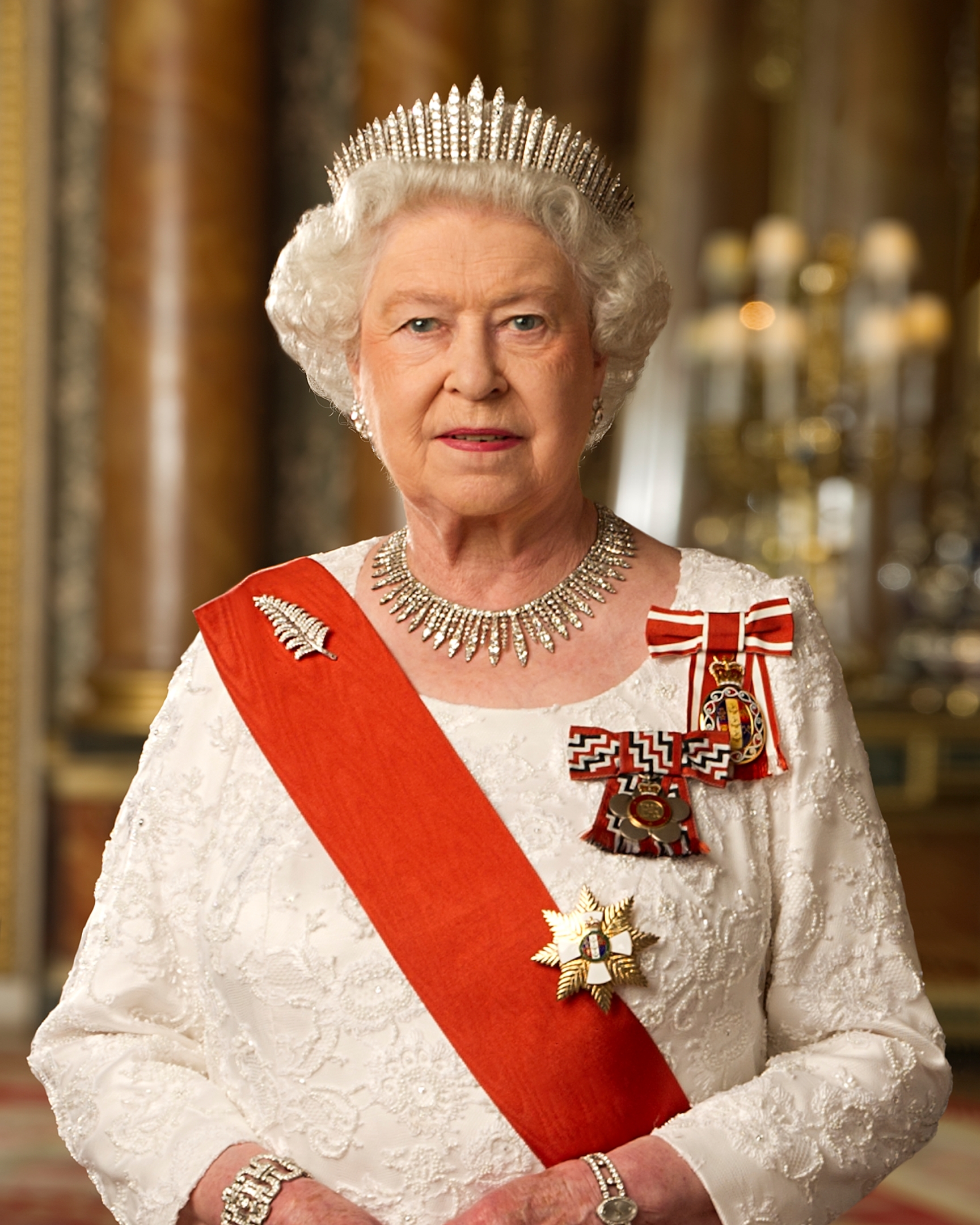Global Markets Slide as Middle East Tensions Drive Investors to Safe Havens

Global financial markets experienced heightened volatility on Thursday as renewed tensions in the Middle East prompted investors to pull back from riskier assets and seek safety in traditional havens such as the US dollar, gold, and the Swiss franc, Reuters reports.
The selloff in equities followed growing concerns that the United States may become involved in the escalating conflict between Israel and Iran. President Donald Trump added to the uncertainty by stating, “I may do it. I may not do it,” in response to questions about joining Israel’s airstrikes on Iranian nuclear sites. Reports also surfaced that Trump had approved military plans but was holding off on a final order pending Tehran’s next moves.
European stocks extended losses, with the STOXX 600 down nearly 2.5% for the week — its steepest weekly drop since April. Futures for the U.S. S&P 500 also declined by 0.6%, although US markets were closed for a public holiday.
“Market participants remain edgy and uncertain,” said Kyle Rodda, senior analyst at Capital.com.
He warned that direct US involvement could escalate the regional conflict and impact global energy supplies and economic growth.
Oil prices, already on the rise due to supply concerns, hovered near 4.5-month highs. Brent crude futures briefly touched $77.40 a barrel before pulling back slightly. West Texas Intermediate (WTI) crude futures also saw volatile trading. Analysts noted that traders are weighing the possibility of a major US strike, which could add a $5-per-barrel risk premium, against potential peace talks that could ease prices by a similar amount.
Gold prices initially dipped but recovered, trading at $3,366 per ounce, as investors turned to the metal as a safe-haven amid geopolitical tensions.
The US dollar strengthened against most major currencies, driven by haven demand. The euro slipped 0.1% to $1.1466, while the Australian and New Zealand dollars fell 0.7% and 1%, respectively.
The Swiss franc, another traditional haven, held steady despite the Swiss National Bank’s (SNB) decision to cut its key interest rate to 0% from 0.25%. The move, aimed at countering subdued inflation, had been widely expected by markets. Inflation in Switzerland turned negative in May, falling 0.1% year-on-year.
“The SNB’s main concern may not be avoiding the impression of being a currency manipulator — but it is politically wise not to appear too trigger-happy,” said Karsten Junius, chief economist at J. Safra Sarasin.
On the monetary policy front, the US Federal Reserve left interest rates unchanged, but indicated it still expects to implement two cuts before the end of the year. Fed Chair Jerome Powell noted that any action would be “data-dependent” and warned of rising inflation due to President Trump’s proposed trade tariffs.
While lower interest rates typically support economic growth — and by extension oil demand — they can also intensify inflationary pressures. Analysts at MUFG criticized the Fed for underestimating existing economic weakness, particularly in the labor market.
Traders and analysts are now turning their attention to upcoming central bank decisions in Europe, including the Bank of England, which is expected to keep rates on hold amid concerns over energy prices and inflation. Sterling edged 0.1% lower to $1.341 following recent inflation data that showed mixed signals.









The latest news in your social feeds
Subscribe to our social media platforms to stay tuned